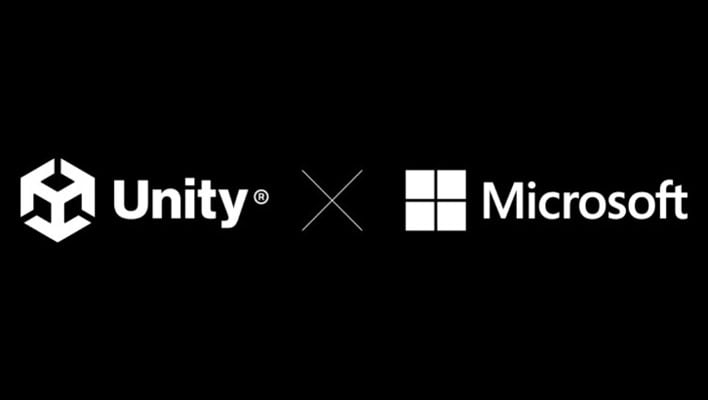Microsoft And Unity Join Forces To Bring 3D Experiences To The Azure Cloud

The traditional 3D development pipeline is challenging. The modeling of 3D assets is typically performed with wireframes and polygons. Artists then map textures onto the models surfaces, configure environmental lighting, and then render it all together to get a look at the result. If changes need to be made, the process needs to repeat until the desired result is arrived at.
RT3D allows developers to iterate much more quickly. While some level of 3D sculpting or point-cloud wrangling is still necessary, the technology renders out the latter steps in real-time. This allows designers to move furniture pieces around a room, fine-tune each virtual lightbulb’s output, and more with instantaneous feedback.

As can be expected, RT3D rendering can require absurd levels of compute power to pull off larger and more complicated projects. The datasets of point-clouds and other resources can quickly out scale the VRAM buffers of traditional GPUs. By turning to the cloud, Unity can unlock grander experiences with a lower barrier to entry.
RT3D allows developers to start arranging assets with greater ease so they can focus on their artistic vision. Unity says moving more of their tools to the cloud can also enable “worldwide teams of all scales.” The company used its Plastic SCM tool as a cloud-enabled example to manage version control with workflows for artists and programmers alike.
Unity and Microsoft also say Azure will help creators share their work with others. Cloud streaming technology can allow users with low end hardware to still enjoy RT3D experiences and games which would otherwise be unobtainable. Microsoft says this will enable Made with Unity games to easily reach “players across Windows and Xbox devices and unlock new success opportunities.”
The technology also has commercial and industrial applications. Cloud-driven RT3D experiences can be used in VR training environments, by real estate developers and architects to pitch their next idea, or by factories to refine their processes before sinking money into costly machinery.

